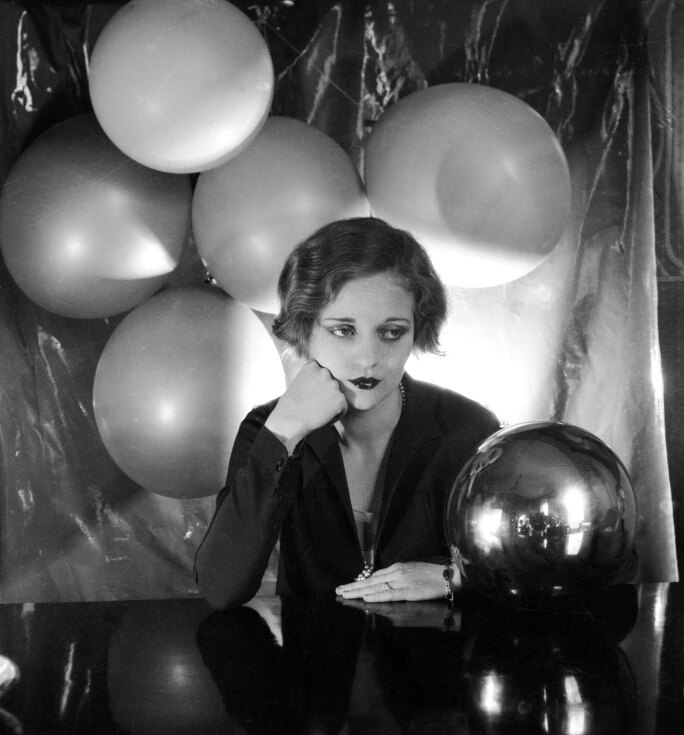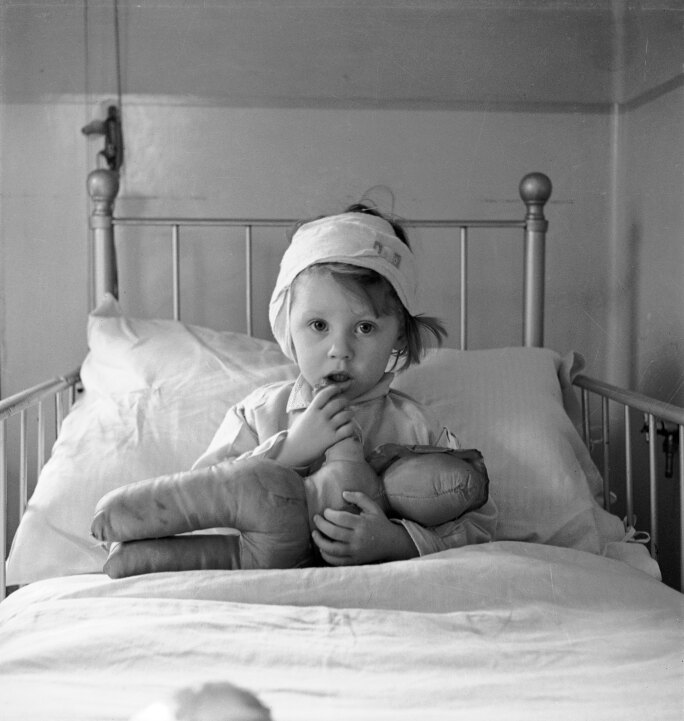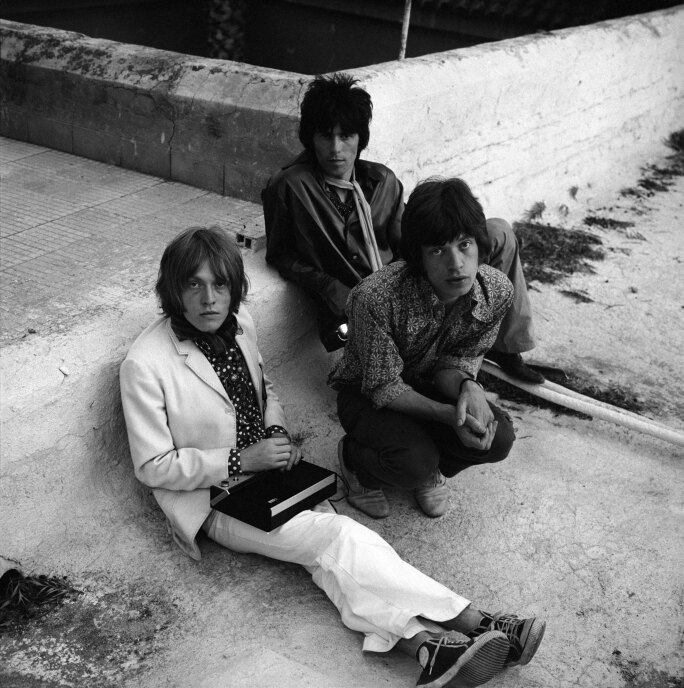T he opening of a new exhibition of Cecil Beaton Portraits this year at Sotheby's Dubai celebrates the 90th anniversary of his very first exhibition held in London. The exhibition launched Beaton as a key figure in twentieth century art and photography.

Beaton was inspired to take up photography by his love of the theatre and his adoration of the glossy magazines of his early years that he poured over seeking out his favourite stars of the time. He experimented with photographing his two younger sisters Nancy and Baba and sent images to the press which were published together with their better known friends in the London elite. Fortuitous meetings with the notorious Sitwells led to his introduction to the upper echelons of British society.
Beaton's career would continue up until his death in 1980, constantly evolving and refining his style to reflect the tumultuous times through which he lived from his early chronicling of the 1920s Jazz Age and 1930s Hollywood glamour as well as hugely talented figures in literature and the arts with whom he collaborated and worked. In the 1920s Beaton was the de facto official photographer of the Bright Young Things who included Stephen Tennant, and Oliver Messel . The many remarkable women he photographed included Nancy Cunard, Edith Sitwell, Tilly Losch and Marlene Dietrich. His notable male subjects included actor Gary Cooper in Hollywood and artist Pablo Picasso in Paris. The famous surrealist painter Salvador Dalí was also captured in the studio with his wife and muse Gala.

The earliest exhibit in this show dates from 1927 and presents American actress Tallulah Bankhead framed by balloons and glittering surfaces. It appeared in Beaton's first deluxe publication A Book Of Beauty (1930). He would go on to produce a significant number of photographic books, followed by a series of controversial but highly entertaining diaries containing wittily observed descriptions of the great and the less good of his era.
In the 1940s in war-bombed Britain and overseas theatres of war Beaton, working for the Ministry of Information, took iconic images of the leading British generals and politicians such as Winston Churchill as well as the damage and destruction.

His 1940 photograph of The young Eileen Dunne, bandaged in a hospital bed, was published on the cover of the American magazine Life achieving a helping propaganda point to encourage America to enter the Second World War.
In the 1950s Beaton's subjects included burgeoning new talents such as Marlon Brando, Grace Kelly, and a very young Lucian Freud. Some of the most celebrated images of all are photographs of Marilyn Monroe that he took while working for Harper's Bazaar. In the 1960s he recorded a whole new generation of Bright Young Things; stars such as the Rolling Stones, Twiggy and David Hockney that mirrored his earlier shots of subjects of one of the first fashion models of the 1920s Paula Gellibrand, later Marquesa Casa De Maury.

The last portrait of the exhibition is a powerful image of American artist Louise Nevelson taken by Beaton in New York, while still coping with the debilitating effects of a stroke that paralysed his right arm in 1974.

Beaton established his reputation as a Royal Photographer for his images of the Duke and Duchess of Windsor in the 1930s and the young Queen Elizabeth in 1942, then aged 16. His last photographs were of royalty when he photographed Princess Michael of Kent. These appeared in the December 1979 Vogue only a few weeks before he died, four days after his seventy-sixth birthday.
The sixty four photographs in this exhibition highlight the best of Beaton's work from each decade.
Cecil Beaton Portraits is curated by Terence Pepper, Curator of Photographs at the National Portrait Gallery, and Joanna Ling, Head of the Cecil Beaton Studio Archive, Sotheby's.
